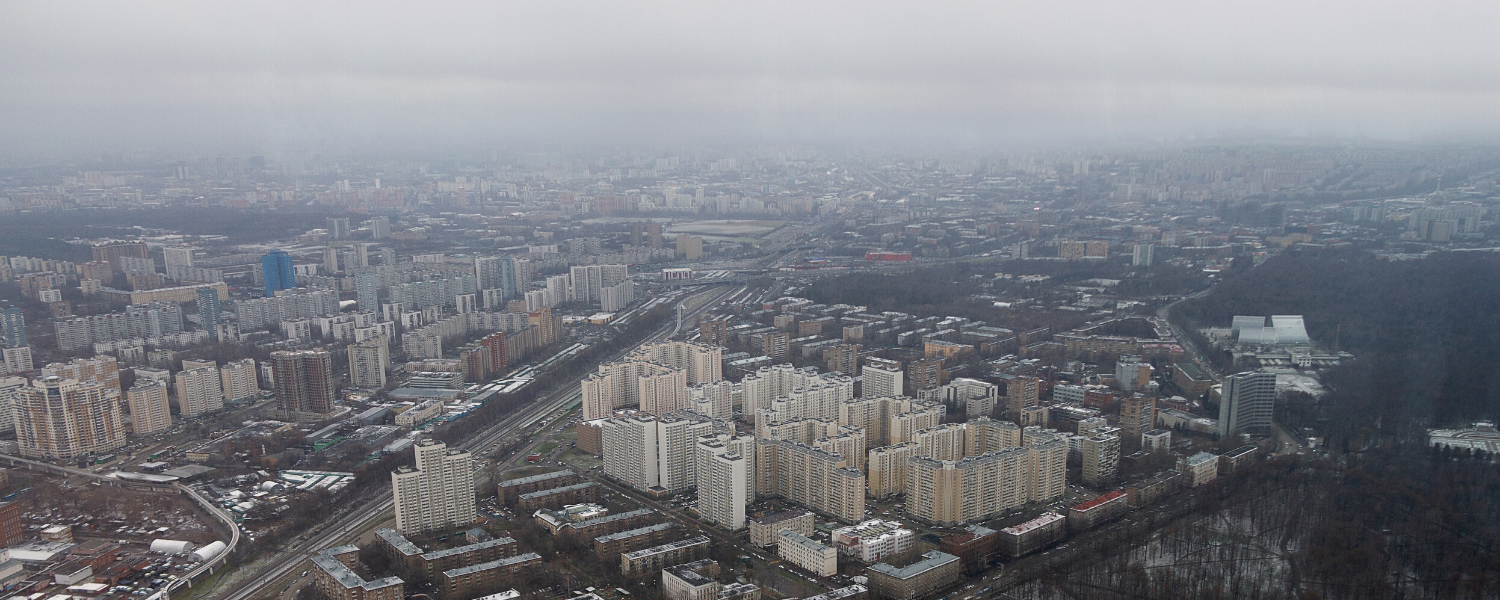Increasing Exposure to Nature Linked to Empathic Behavior, Less Violence
A growing body of research reveals remarkable health benefits of connecting with nature, for individuals and entire cities. What are the benefits, and what type of interaction with nature do you need to feel the positive effects?
By Michael Miller – December 15th, 2019

I was 21 years old, feeling generally disconnected and depressed, when I discovered the power of connecting with nature: First, I lived for a year on the shores of Lake Atitlán in Guatemala, kayaking every morning for sunrise and commuting through the jungle to get to town. I felt contentment in a way I’d never experienced before. Then when I came back home, I started farming, getting my hands dirty in the soil and harvesting fruit high up in trees. It sustained me, and kept me feeling connected. Time outdoors became part of my baseline mental health routine, and it still is.
As a culture, we’re experiencing a widespread crisis of disconnection, and according to a growing body of research, a chief cause may be a lack of connection with nature. That’s the bad news. The good news? Even slight increases in people’s access to nature has a host of amazing benefits for individuals and entire communities.
Are humans living in unfit habitats?
“Organisms, when housed in unfit habitats, undergo social, psychological and physical breakdown.” – E.R. Wilson

Zoo animals in the 1950s perplexed researchers. Despite having access to food, shelter and safety, they often failed to thrive and died at alarmingly high rates compared to their counterparts in the wild. This led biologists to develop what’s called habitat selection theory, which basically means that organisms are wired to survive and thrive in the habitat they’ve evolved in. Rapidly changing one’s environment will lead to, as E.R. Wilson put it, “social, psychological and physical breakdown.”
And that brings us to humans, who have radically changed their habitat in recent times and are arguably experiencing exactly this type of breakdown.
Humans lived and evolved in the natural world for millions of years, surrounded on a daily basis by green forests, blue lakes and rivers. Now the majority of humans live in concrete jungles and stare at a screen for most of the day. The amount of time we’ve spent in this latter environment is, in evolutionary time, just the blink of an eye. Could it be that the unprecedented levels of psychological and social suffering we’re witnessing are the result of humans living in unfit habitats, just like zebras and cheetahs in a 1950s zoo?
“That’s precisely what we’re seeing in people,” says Ming Kuo, a researcher at the University of Illinois who has been studying nature’s effect of humans for over 30 years. “We know this because we have mounting evidence that when you have a set of people who have a certain amount of access to nature and you give them a bit more, you see better social functioning, better psychological functioning, and better physical health,” Kuo told NPR.
Let’s take a look at some of Kuo’s research on greenery and human behavior, starting with a set of apartment buildings in Chicago known as Robert Taylor Homes.
Comparing two nearly identical habitats
Robert Taylor Homes is a series of 16 ten-story buildings in Chicago, all of which were originally designed with greenery all around. But over time the green areas had not been well maintained, turned to mud when it rained, and eventually paved over. Slowly, over decades, asphalt replaced grass and trees.
When Kuo and her team decided to restore the greenery around the buildings, they did so with only some of the buildings, creating an interesting, real life experiment. Did the amount of greenery have a measurable impact on that building’s tenants?
“We found social breakdown in buildings without trees and grass around them,” Kuo explains. “We asked them, ‘Do you know your neighbors? Do you speak to them and know their names? Could you rely on them in an emergency?’ (Which, according to Susan Pinker’s research, is a very important question). The tenants in the green buildings were far more likely to answer that they did, and we also found evidence of more aggressive behavior in the other buildings.”
Other research studies have backed up the incredible research on greenery in urban environments. The results are clear: A lack of connection to nature results in crime and social breakdown. And conversely, efforts to greenify urban areas leads to better neighborly relations, more empathy, and less crime. Police records confirm this anecdotal relationship between green space and social breakdown, providing an even more objective measure than the resident’s memories. Research from Columbia and Penn found that “cleaning and greening” vacant lots led to a 9% reduction in gun assaults. A 9% reduction in gun assaults!
Greenery has also been linked to better long-term health outcomes – mentally and physically. Physically, greenery has been linked to less obesity, diabetes and hypertension. Mentally, research in London found that a neighborhood’s greenery predicted how many medications related to mood disorders that the neighborhood pharmacy prescribed. Taken altogether, the findings suggest that connection to nature, Vitamin N, is an essential component of human health and wellbeing. Humans are incredibly adaptable, but we’re still deeply wired to our original habitat, the natural world. Should these findings change how we build our cities? Or within existing cities, where we choose to eat, work and spend free time?
While this research on making cities green is powerful and thought provoking, I found this research on nature’s effects on the individual level to be equally powerful, and even more actionable.
Connecting to nature changes your physiology
1. Here’s a step you can take today
You don’t have to become a farmer to reap the benefits of increased connection to nature. Research has found that even looking at nature through a window changes our brains and bodies on a cellular level. “When you look out at a green landscape, even from indoors, your heart rate will go down,” explains Kuo, “and you’ll change from sympathetic nervous activity over to parasympathetic nervous activity, which is basically going from what we call ‘fight or flight’ into ‘tend and befriend’ mode. So it has these very systematic physiological impacts on us, which have long-term health outcomes associated with them.”
As a result, Kuo says, she makes a concerted effort to keep her eyes on the canopy of trees as she walks to and from work in Chicago. “I’m probably in danger of tripping. I look ridiculous. But it makes a real difference for me, and once I started adopting it, I have become hooked.”
Personally, I could do a better job of just looking up from my computer for 5 minutes and staring out at the trees, several times a day. Or be better about looking up at the trees as I eat, instead of staring down at my smartphone. What choices could you make to connect with nature just a little bit more?
And while small choices add up, the benefits of a multi-day investment in nature are truly astounding.
2. Here’s a goal to strive for
Research found that staying in a nature preserve for 3 days increased anti-cancer cell growth by 50%. That is, of course, amazing by itself. But consider this: the effect lasted for a remarkably long time, too. A month later, participants still showed elevated levels – 25% above baseline – of these “natural killer cells,” which are known for fighting cancer cells. “So it’s a big effect,” says Kuo, “and it lasts for a really long time.” When can you make time in your calendar to visit that national park you’ve always dreamt about? It’s hard to take a couple days off to just be out in nature, but according to a growing body of research, there are tangible health benefits of making the effort.
What’s the point of all this?
Connection to nature helps us be better people, better neighbors, and better leaders. More empathetic. Calmer. Less aggressive. Healthier. In some environments, it’s harder than ever to access nature, and that’s part of the reason why humans’ mental health is in a precarious place. But this growing body of research says it’s a choice worth making. What’s one way you’d like to connect with nature?
Add your thoughts in the comments below.
What's new in emotional intelligence?
Be Unapologetically You: The Emotional Intelligence Skills for Speaking Up
Why is it so hard to say what we really think? And feel? This post is a guide for using emotional intelligence to speak up for what matters.
Want a Good Life? 3 Lessons from Harvard Grant Study
Discover how the 85‑year Harvard Study of Adult Development shows that strong relationships—not wealth or IQ—predict a longer, happier life.
Emotions As a Motivation Supercharger: 3 Essential Questions to Feel Motivated
What makes motivation… motivating? Three powerful questions, a free worksheet, and powerful ways to strengthen energy from within (which we all need, especially when work/life feels challenging)
The Power of Gratitude: How Focusing on the Good Changes Your Brain—and Your Life
Gratitude is more than a warm feeling. It’s a practice that changes how we relate to the world. How can you tap into the power of gratitude?
Overcoming Urgency: How Emotional Intelligence Helps You Slow Down and Focus on What Truly Matters
If you ever feel stuck in urgency mode, emotional intelligence offers a way out — and a way back to what matters most.
Integrated Emotions: Feelings Are Allies
What if all our feelings had value? Many people see emotions as “good” or “bad” — which leaves us in a constant state of internal struggle against our own feelings. Here’s a framework to rethink feelings as valuable signals about what’s important.





